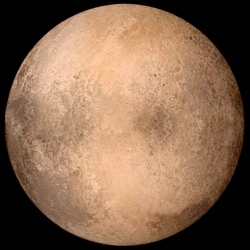
Astronomers have detected a record seven Earth-sized planets orbiting a single star. The researchers say that all seven could potentially support liquid water on the surface, depending on the other properties of those planets. But only three are within the conventional "habitable" zone where life is considered a possibility.
The compact system of exoplanets orbits Trappist-1, a low-mass, cool star located 40 light-years away from Earth. The planets were detected using Nasa’s Spitzer Space Telescope and several ground-based observatories are described in the journal Nature.
Lead author Michaël Gillon, from Belgium’s University of Liège, said: "The planets are all close to each other and very close to the star, which is very reminiscent of the moons around Jupiter."
"Still, the star is so small and cold that the seven planets are temperate, which means that they could have some liquid water – and maybe life, by extension – on the surface."
Co-author Amaury Triaud, from the University of Cambridge, UK, said the team had introduced the "temperate" definition to broaden perceptions about habitability.
Three of the Trappist-1 planets fall within the traditional habitable zone definition, where surface temperatures could support the presence of liquid water – given sufficient atmospheric pressure.
But Dr Triaud said that if the planet furthest from the parent star, Trappist-1h, had an atmosphere that efficiently trapped heat – a bit more like Venus’s atmosphere than Earth’s – it might be habitable.
"It would be disappointing if Earth represents the only template for habitability in the Universe," he told the BBC News website.
